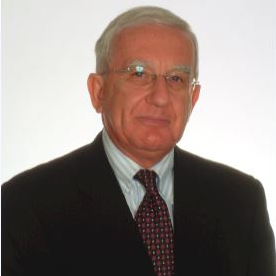Biological and Mechanical Behaviour of Advanced Biomaterials and Oral Implants
A special issue of International Journal of Environmental Research and Public Health (ISSN 1660-4601). This special issue belongs to the section "Oral Health".
Deadline for manuscript submissions: closed (31 October 2021) | Viewed by 14843
Special Issue Editors
Interests: bone regeneration; histology; biotechnology; dental implants; tissue engineering; bone substitute materials; stem cells
Special Issues, Collections and Topics in MDPI journals
Interests: oral implantology; bone substitutes; biomechanical simulation; tissue engineering; bone substitute
Special Issues, Collections and Topics in MDPI journals
Special Issue Information
Dear Colleagues,
The latest updates in bone regeneration and oral implant procedures are creating a new generation of active biomaterials and dental implant devices for the treatment of edentulous bone ridges and long-term fixed oral rehabilitation. Novel strategies such as biomaterials in association with graphene, advanced 3D tissue-engineered substitutes, dental materials, titanium surface treatments, and innovative macro-morphologies have been developed to obtain a better implant primary stability and to increase the new bone formation and healthy and functional peri-implant tissues.
This Special Issue " Biomechanical Behaviour and Recent Advances in Biomaterials Osseointegration and Oral Implantology" will involve the recent updates in maxillofacial research, in vivo and in vitro studies, biomechanical simulation of artificial bone of innovative dental implant geometries, surface treatment, and bone bio-complexes applied to bone regeneration and implant-supported rehabilitations.
In particular, recent research topics, original research papers, in vivo and in vitro studies, and mechanical simulation reports on artificial bone will be considered this Issue.
Prof. Dr. Adriano Piattelli
Dr. Margherita Tumedei
Guest Editors
Manuscript Submission Information
Manuscripts should be submitted online at www.mdpi.com by registering and logging in to this website. Once you are registered, click here to go to the submission form. Manuscripts can be submitted until the deadline. All submissions that pass pre-check are peer-reviewed. Accepted papers will be published continuously in the journal (as soon as accepted) and will be listed together on the special issue website. Research articles, review articles as well as short communications are invited. For planned papers, a title and short abstract (about 100 words) can be sent to the Editorial Office for announcement on this website.
Submitted manuscripts should not have been published previously, nor be under consideration for publication elsewhere (except conference proceedings papers). All manuscripts are thoroughly refereed through a single-blind peer-review process. A guide for authors and other relevant information for submission of manuscripts is available on the Instructions for Authors page. International Journal of Environmental Research and Public Health is an international peer-reviewed open access monthly journal published by MDPI.
Please visit the Instructions for Authors page before submitting a manuscript. The Article Processing Charge (APC) for publication in this open access journal is 2500 CHF (Swiss Francs). Submitted papers should be well formatted and use good English. Authors may use MDPI's English editing service prior to publication or during author revisions.
Keywords
- histology
- biotechnology
- dental implants
- bone substitutes
- biomechanical simulation
- tissue engineering
- scaffold
- bone substitutes
- biomechanical simulation
- tissue engineering
- bone substitute






